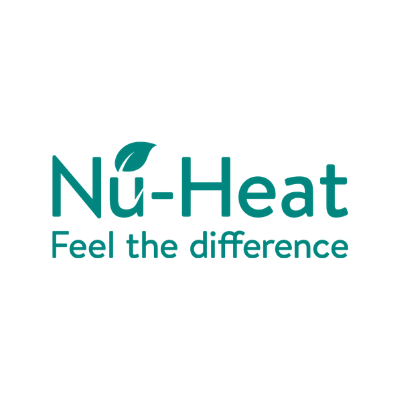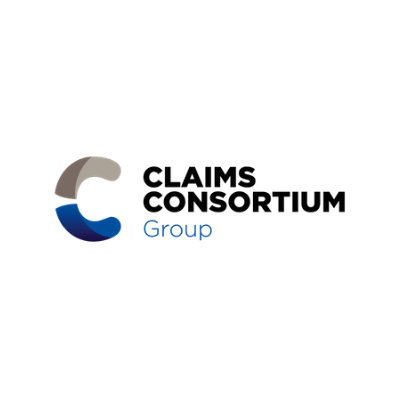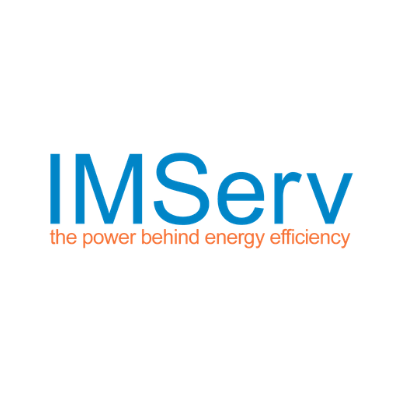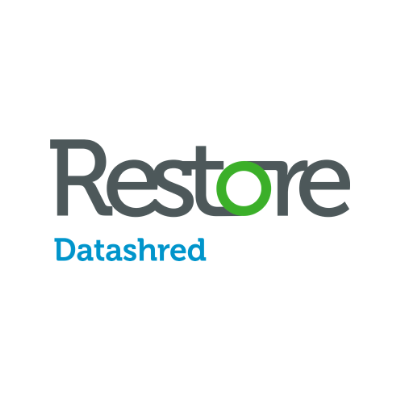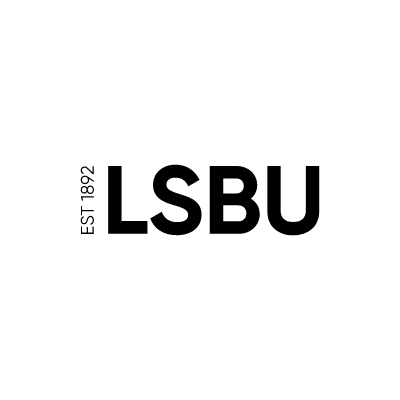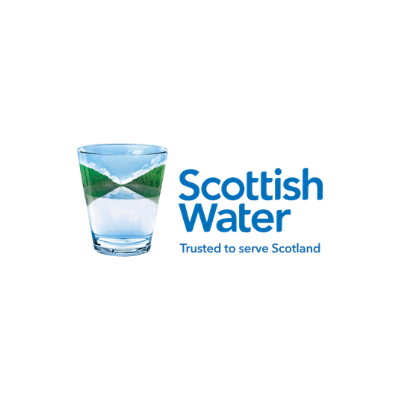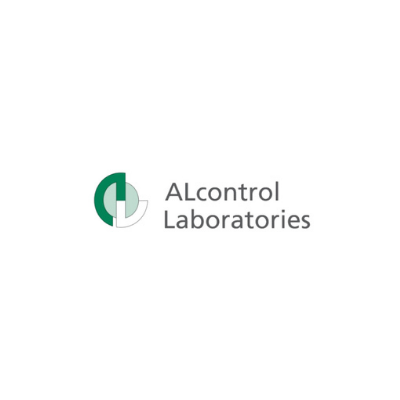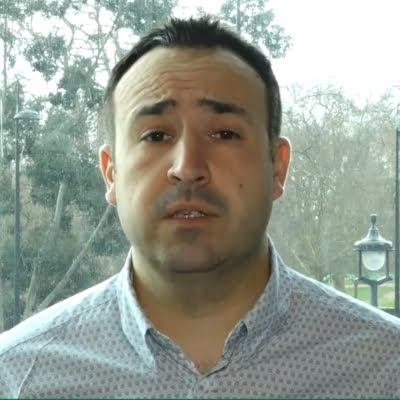The Motability scheme is a vital service for people with severe disabilities through which individuals can use their government mobility allowance to lease a car, scooter or power chair. The scheme is run by the charity Motability and delivered operationally by Motability Operations. There are some 630,000 people with leases on the scheme, meaning that administrating it and ensuring excellent standards of service is a complex task. It involves a high degree of partnership working as the lease scheme offers a whole package of services including insurance, breakdown services, tyre replacement, service and maintenance, all delivered by different parties and covered by the customer’s single regular payment.
Motability Operations has around 900 staff, with some 200 based at a contact centre in Bristol. The centre receives well over a million calls a year and most of its interactions with customers are voice-based, although there is also a web chat facility.
Going digital
Motability Operations prides itself on the high level of customer satisfaction that it consistently achieves, and indeed it was recently the highest scoring organisation across any sector in the Institute’s UK Customer Satisfaction Index (UKCSI). It has been a member of The Institute since 2011 and holds the ServiceMark accreditation. However, in recent times the organisation has recognised the need to move its services to a more digital platform. At present, customers cannot transact online with the company, any significant transaction or change is done by phone or face to face. Ian Goswell, Commercial Director at Motability Operations, explains: “We have some basic digital services but realised that we need to make a more substantial transition. This is not to replace or downgrade our voice services, but to provide an additional channel for our customers that they can choose to use if it suits them. This would also give us the opportunity to potentially offer new products and services that customers might find valuable, such as around car-sharing or a journey planning tool for example.”
However, as Ian explains, the organisation did not want to simply launch digital services for the sake of it. “The idea of the move to a digital platform causing any erosion in our service levels is completely unacceptable to us. So we’ve been absolutely clear from the outset the customer experience via digital channels must be identical to that of our voice-based services. And our voice-based services must maintain their existing quality. That’s been our ambition and guiding principle.”
Inspiration from The Institute’s Annual Conference
It was while Ian and his team were contemplating putting the digital project in motion that a very timely event happened, The Institute’s Annual Conference, which takes place in March each year. At the 2016 conference, Ian was particularly struck by the presentations given by two speakers. “There was an excellent session from Tony Prestedge, Director & Group Chief Operating Officer, Nationwide Building Society who was talking on exactly the subject I was thinking about,” Ian says. “What really hit home in his speech was that he said Nationwide had always been determined to avoid the trap of ‘digital by default’, i.e forcing customers down the digital channel. Sometimes, this can be an excuse to reduce other frontline services. But for Nationwide, they made it a principle to let customers interact with the Society in the way they wanted to. So that was an important validation for me of how we had already been thinking.” The second presentation to leave its mark was given by the Head of Customer Service at Marks & Spencer, Jo Moran. “What stood out here was the extent to which customer satisfaction mattered and was analysed in the Boardroom,” Ian recalls. “The M&S Board had really taken it to another level. They clearly regarded it as a fundamental strategic driver. It has always been discussed in our Board meetings too, but Jo Moran’s presentation inspired me to make sure we gave it even more emphasis. The whole conference was a great event. It was really well compered by the BBC Breakfast presenter Naga Munchetty, she did a great job of talking to the presenters and drawing out more nuanced information.”
Exchange visits
But it wasn’t just The Institute’s Annual Conference that proved useful to Ian and his team. “Being members of The Institute has helped us in several other ways. You get access to other organisations’ smart thinking about key issues and can look at what they have learned. Another thing that has been invaluable to us is exchange visits that we have arranged with other organisations who are also Institute members. For example, some of my team visited HSBC to learn from them about their web chat service, this was directly useful to us in setting up our own facility. Being members of The Institute means that you meet other organisations at events and seminars and can get talking to them on specific operational issues. Often it’s not the top-level Boardroom contacts that are hard to make, it’s getting to meet operational management and develop contacts there. That’s been a real plus.”
Membership insights
The company has also gained some critical insights from The Institute benchmarking surveys that it takes part in. “They are massively important to us,” Ian says. “We have a very specialised customer base and we want to make sure we can relate the service we provide to other customer groups and see how it translates. We have gained some little insights that have profound implications. For example, the surveys have shown us that we score extremely highly for the ease with which customers feel they can do business with us. We might otherwise have lazily assumed that because our interactions are voice-based, our ease of doing business might not be so good. But it’s given us the evidence that this is a strength and so it’s been critical to ensure that we don’t lose that in the move to digital, it’s about ensuring we maintain the same ease and flexibility.”
Nearing go-live
The company’s digital plans are now beginning to near go-live, with a gradual but progressive roll-out of digital services planned to start from next year. “We’re well-developed with our plans now,” Ian says. “What we’ve learned through the various Institute events and platforms has been crucially important to us as our journey has progressed.”
